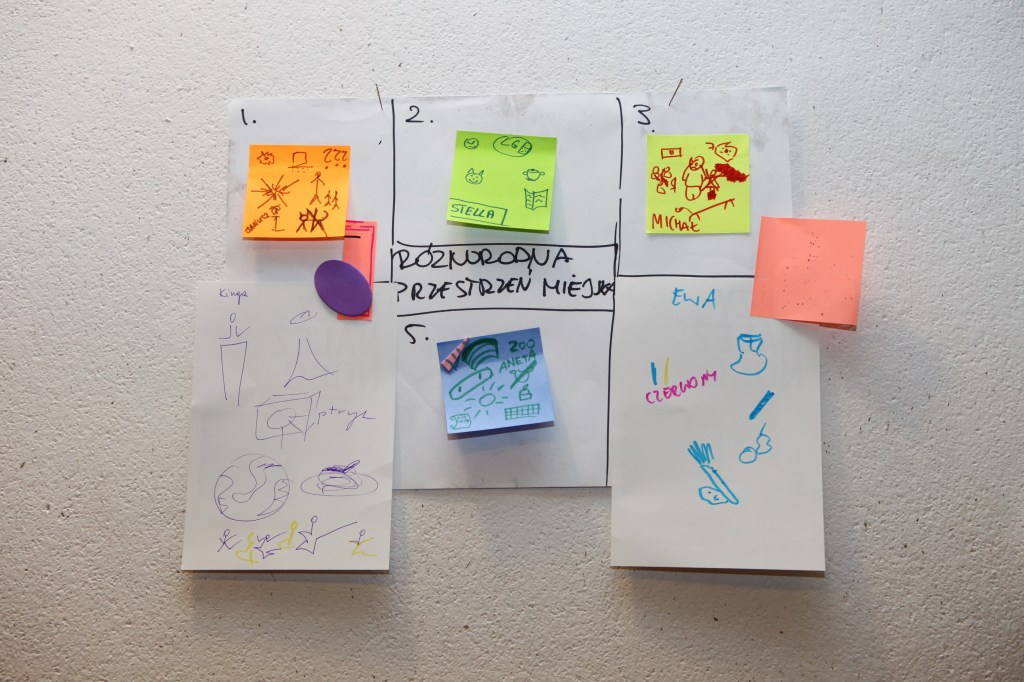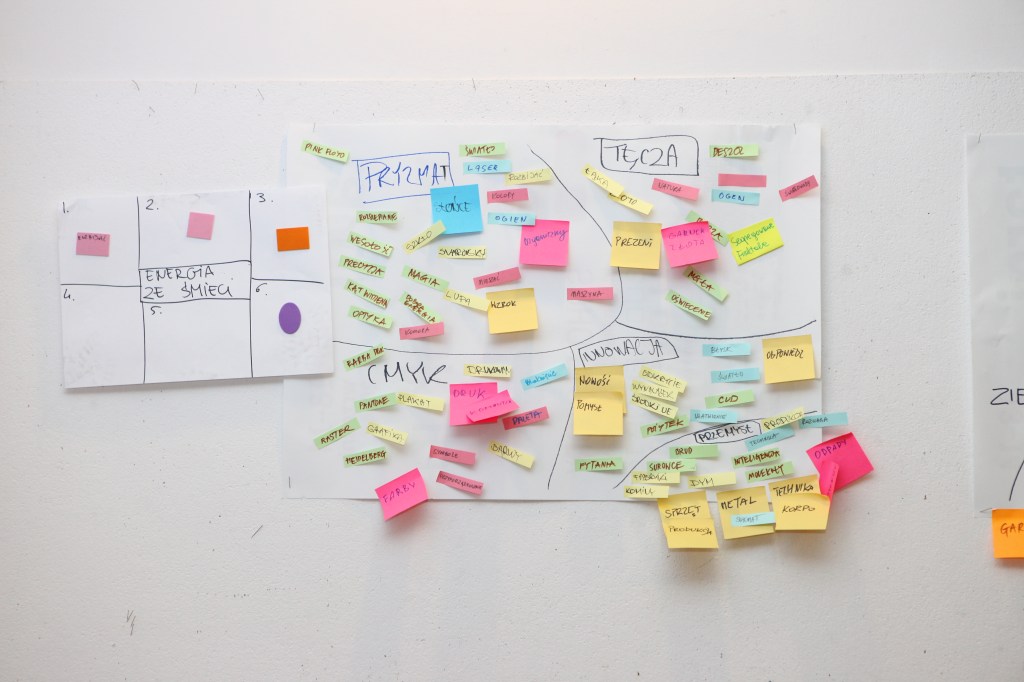Most of the books that discuss the design thinking process, among which Change by Design by Tim Brown, highlight the value brought by use of visual thinking. With some authors even calling visualization tools “the mother of all design tools”, because they are used in every stage of a DT process (Liedtka & Ogilvie, 2011: 49). On one hand, the advocacy for visual thinking, hardly comes as a surprise when we take into account that a large group of design thinking pioneers has a product design background. On another, the concept of drawing, building prototypes and creating a mind map with research insights is new to the business world. With business professionals often scared of sketching and creating with their hands.
The question therefore is: how visualization tools help you create better-designed solutions?
Understand the problem
In order to design the solution, first we have to build a good understanding of the problem that we are trying to solve. Interviews, observations, desk research and other research techniques that are applied during this phase generate huge amount of data – data that has to be grouped and analyze. Creating a research wall is a great way to display insights, photos, and artifacts – all the relevant research outputs in one place. This approach helps us build connections between different findings and understand the bigger picture. The visual aspect of the wall triggers idea generation and enables project members to better understand research insights. For this reason design thinkers often use tools such as persona which give a face to the customer/interviewee.
Visual tools that can be used for understanding the problem are for e.g. personas, mind map, customer journey maps, moodboard, foto safari.
Idea generation
In his book Change by Design, Tim Brown states that drawing for designers is a way to express their ideas and only drawing “can simultaneously reveal both the functional characteristics of an idea and its emotional content.” It is not necessary to poses good drawing skills – as the popular saying goes “picture is worth a thousand words” and even a simple sketch can tell us more than a 10 minutes description of an idea. In a group setting, visualization helps to spark idea generation. Seeing what other people are drawing, adding elements to their drawing or simply discussing the sketches helps to build on top of each others ideas. Brainstorming sessions can be also enhanced by the use of visual props such as nudge cards to stimulate idea creation.
Drawing can benefit our understanding of how the idea unfolds through different stages of the service, particularly when generating ideas for a new service,
Visual tools that can be used in idea generation are for e.g. 10×10, storyboard, nudge cards

Build and test solutions
Citing Katja Tschimmel “in the same way that sketching helps the designer to think and elaborate ideas, early prototyping is another way of visualizing and testing new solutions (…) it is a visual manifestation of concepts, the transformation of an idea in a testable model”. In another words, use of prototyping transforms ideas from drawings on a paper to tangible solutions. This shift helps us explore different possibilities, compare how the customers perceive prototypes, and improve solutions without investing a lot of money. Prototypes tend to be “cheap and dirty”, which means that they are not a polished solution but instead a working version of a service that is good enough to be understood by the customer. For this reason, development of prototypes doesn’t require a lot of time and money. Tim Brown summarizes it in a great way – “the faster we make our ideas tangible, the sooner we will be able to evaluate them, refine them, and zero in on the best solution”.
Visual tools that can be used for prototyping are for e.g. desktop walkthrough, cardboard prototyping, paper prototyping, role playing.
Sources:
Brown, Tim (2009) Change by design: how design thinking can transform organizations and inspire innovation. New York: HarperCollinsPublishers
Tschimmel, Katja (2012). Design Thinking as an effective Toolkit for Innovation. In: Proceedings of the XXIII ISPIM Conference: Action for Innovation: Innovating from Experience. Barcelona.
Written by Marta Grochowska
Photo credits: Marta Grochowska, Engage Warsaw



Leave a comment